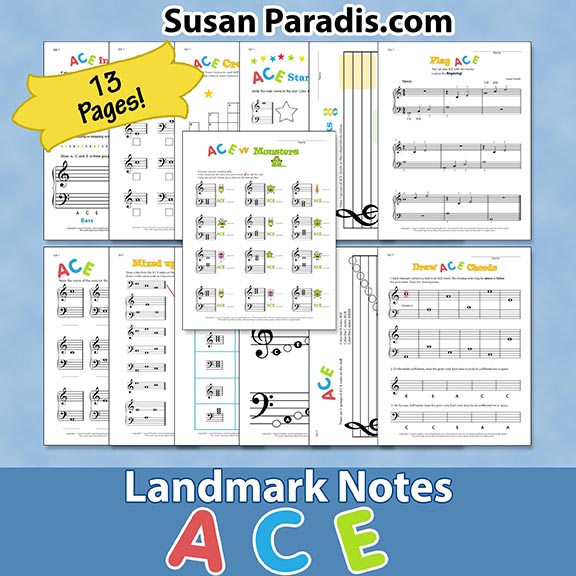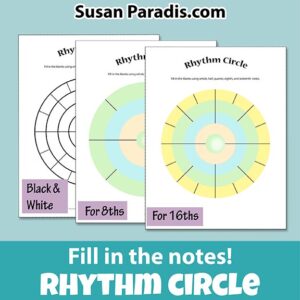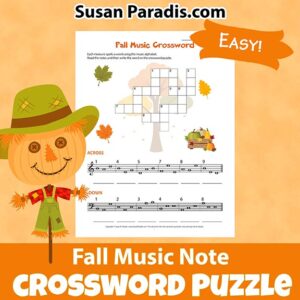ACE Guide Notes
Click here to purchase
As teachers we all search for a note-reading method that will help students the most. As a long time teacher I tried everything and maybe you have also.
Of course the best way is the one that works, and I decided using the guide notes A, C, and E worked best with the majority of my students. With the ACE method, students learn only the groups of ACE on the treble and bass clef and from there they can fill in the notes around ACE until they know the entire grand staff.
Learning these guide notes are easier for some children because they only have to remember the letters A C E when they first start to learn note names. I grew very frustrated trying to help students remember the traditional guide notes of F, C, and G. As a music educator and piano teacher of students of all ages, I’m not sure exactly why. But I think it has something to do with the fact that students just couldn’t relate to three alphabet letters that seemed to be randomly assigned a line or space.
One of my more dramatic students looked at me with a lot of anguish in his eyes and said, “I keep trying, but I just can’t remember where G is supposed to go.” It didn’t help him to say that the treble clef looked like an old fashioned way to write G, because, how hard is that for a child who can’t even read cursive? Another student looked at me very doubtfully and said that a backward C sure didn’t look like an F to him. And then there was the older student who always had trouble with notes. After I showed her how to learn notes with ACE, she asked me, “why didn’t you tell me this before? It’s so much easier.”
Of course there are time time tested traditional mnemonics such as All Cows Eat Grass and any number of really cute sentences that teachers have used. If older students need to learn notes quickly, that certainly is a fast and easy way. But what about younger students or the ones who can’t seem to remember any of those sentences or can’t remember which sentence goes with what clef?
Many students find it easy to remember the letters A, C, and E. If they can read, they probably know it spells “ace” so that gives them a head start.
It is hard to find activities specifically for using A C E as guide notes, so I made some. Since students easily forget from week to week and some students learn faster than others, I made a lot of different kinds of written work so you can use as many as you need. It is a good idea to have a lot of resources to use throughout the year.
The material in Set One is for elementary age beginners and up. Only the notes on the grand staff are included, and the only note on a ledger line is middle C and a couple in the crossword puzzle. Students will learn the notes A, C, and E on the treble and bass clef in a variety of ways. The sheets are limited to ACE, and from there the teacher can help the student learn the notes around ACE. A set with ledger line ACE notes will be coming soon as well as some sheets for learning the “fill in” notes around A, C, and E.
Good sight reading is a different skill than identifying note names. Sight reading is taught with a lot of interval reading and a lot of practice. But if you are looking for alternate methods to teach the names of notes, then give ACE a try.
I learned to teach note reading using ACE at a workshop by “teacher to the teachers” Elizabeth Gutierrez. She is presenting a webinar on TUES, April 21, at 10AM Central time. If you would like to get on the email list in order to be notified about the webinar, here is the link:
Click here for webinar link.



